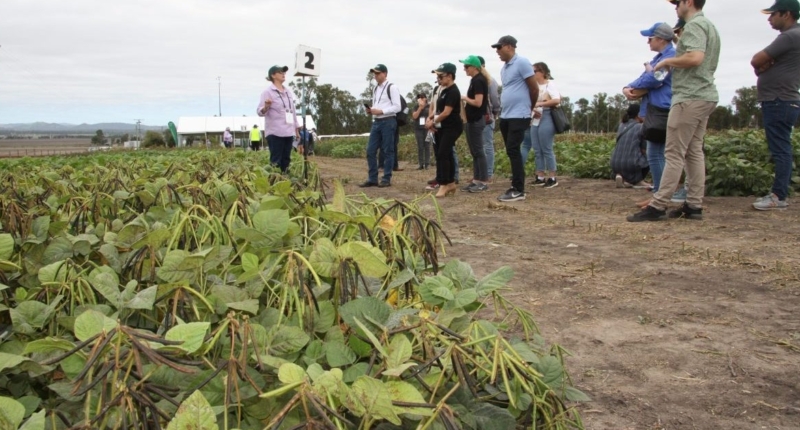The Australian Pulse Conference (APC23) highlighted the significant growth and maturity of Australia’s pulse industry. The conference featured the latest research and science behind the growth of the pulse industry in Australia. NaPA, a project that aims to standardize data collected across Australia into color-coded growth stages, was discussed at the conference. The growth of the pulse industry in Australia has been phenomenal, with production records for two of its major pulse crops being broken. Aside from NaPA, other research projects were also presented at the conference. Collaboration among breeders, agronomists, growers, and marketers was an essential theme of APC23. The conference concluded with a field tour hosted by the Australian Mungbean Association, featuring six presentations that provided delegates with the latest findings in pulse crops.
The Australian Pulse Conference (APC23) held in Toowoomba recently showcased the latest research and science behind the growth and maturity of Australia’s pulse industry. Australia is a major exporter of several pulses, including lentils, faba beans, chickpeas, field peas, lupins, and mungbeans. The conference provided delegates with insights into the changing diets, cash crops, and farming systems in relation to pulses and legumes.
The growth of the pulse industry in Australia is remarkable, and research has played a crucial role in achieving this. Dr. Merrill Ryan, QDAF principal mungbean breeder, gave an excellent presentation on the available varieties and those in the pipeline during her talk at the Hermitage Research Facility. The intervening years since the last national pulse conference in 2019 have seen Australia break production records for two major pulse crops: lentils and faba beans. Lentils reached 1.4Mt in the latest harvest, while faba beans set a new record of 680,000t in 2020-21.
While chickpeas are one of Australia’s significant exports, their biggest harvest in recent years was 1.1 Mt in 2021-22, less than half the 2016-17 record of 2Mt, primarily due to India’s tariff and difficult seasons impacting production. National Pulse Agronomy Project (NaPA) is a project that aims to standardize data collected across Australia into colour-coded growth stages. Dr. Jeremy Whish of CSIRO, who spoke on the topic at APC23, said that NaPA uses various technologies such as thermal and 3D cameras, EM38 soil mapping, and soil coring to collect data.
Professor Victor Sadras of South Australian Research and Development Institute (SARDI) highlighted that the research in pulses has lagged behind cereals globally. But equivalent research, which began for cereals in Australia in the 1960s, is being carried out in pulses, offering great investment opportunities. “We are coming from a lag of 50 years. Australia is not there, but is getting close to critical mass,” Professor Sadras said. He added that the growth of the pulse industry in Australia is helping the country to close the gap.
Aside from NaPA, other research projects embrace technology, including genetic selection and monitoring crop canopies before harvest. The pulse industry is expected to continue growing in Australia as science meets market demands.
Collaboration among breeders, agronomists, growers, and marketers was an essential theme of the Australian Pulse Conference (APC23). Dr. Jeremy Whish’s statement, “We want to work with everybody,” highlighted this importance. The conference concluded with a field tour hosted by the Australian Mungbean Association. The tour featured six presentations that provided delegates with the latest findings in peanuts, soybeans, weed control, pulse storage, and mungbeans.
Dr. Merrill Ryan gave an update on the mungbean-breeding program she heads. It aims to develop varieties suitable for tropical, sub-tropical, and temperate climates. Cameron Silburn presented swathing as an alternative option to direct-heading mungbeans during harvest, while Bruce Winter talked about developing pigeon pea as a substitute for mungbeans in drier parts of the summer-cropping region.
Philip Burrill shared some tips on how to minimize pest risk to pulses in silos. These tips are outlined in the Queensland Government’s Pulse Storage Best Management Practice Guide, which was released last year following a three-year research project.
Don’t miss interesting posts on Famousbio
